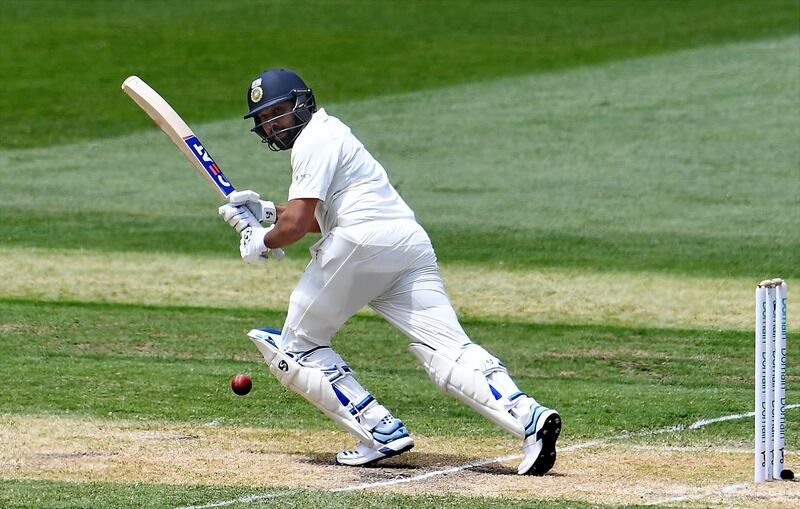Rohit Sharma will open in the first Test against South Africa in Visakhapatnam, which starts on Wednesday. After making his Test debut in 2013, the limited-overs opener gets another opportunity to secure a regular spot in the five-day game, but at 32 years of age, this might be one of the last opportunities to come his way.
This is not exactly a novel idea. Limited-overs openers have been given a chance in Test cricket, with two players in particular making a successful transition: former India opener Virender Sehwag and Australian top-order batsman David Warner. Sehwag and Warner tasted tremendous success as openers in Test cricket and the idea is that Rohit should be able to do something similar.
India captain Virat Kohli has backed Rohit to make an impact. “Rohit's been in the Test setup for a long time. It's about providing him the opportunity to really find his game and find that template that he wants to in Test cricket,” he said.
But is it that simple? We take a look at reasons why Rohit might succeed at the top of the order and why he might not.
Why it might work
Brilliant 2019: Form is form and Rohit was scintillating at the World Cup, hitting five centuries and forming the backbone of India's run to the semi-final of the tournament in England. He mastered some difficult conditions against world-class bowlers, so there is no reason why he can't do the same against the Proteas. After all, there are a lot more gaps in Test cricket and there are no field restrictions. A 'see ball, hit ball' strategy can produce a lot of runs if the batsman has faith in his game.
Home conditions: Batting in Test cricket became particularly difficult in 2018, with the overall average runs per wicket – 27.58 – the lowest since 1959. If there is any place an Indian batsman would like to open the innings now, it's at home. There are no guarantees but the fact is Prithvi Shaw scored a century on debut against the Windies and KL Rahul hit six fifties in seven innings in India in 2017.
Why it might not work
Late start: Sehwag and Warner made the switch early in their careers – the Indian batsman moved to the top of the order in his second year in Tests, while the Aussie had made his T20 debut without even playing first-class cricket and pushed his way into Tests inside two years on Sehwag's advice. Rohit, however, has been around for 12 years and there isn't enough time for him as the likes of Shaw and co will be waiting in the wings.
South African attack: Home or away, this South African pace attack will not give an inch and scoring against the likes of Kagiso Rabada, Vernon Philander won't be easy. Even back-up quicks Lungi Ngidi and Anrich Nortje are as menacing as they come. Rohit's technique will be tested like never before, especially since he averages a measly 12 against the Proteas in 12 Tests, most of them away.






